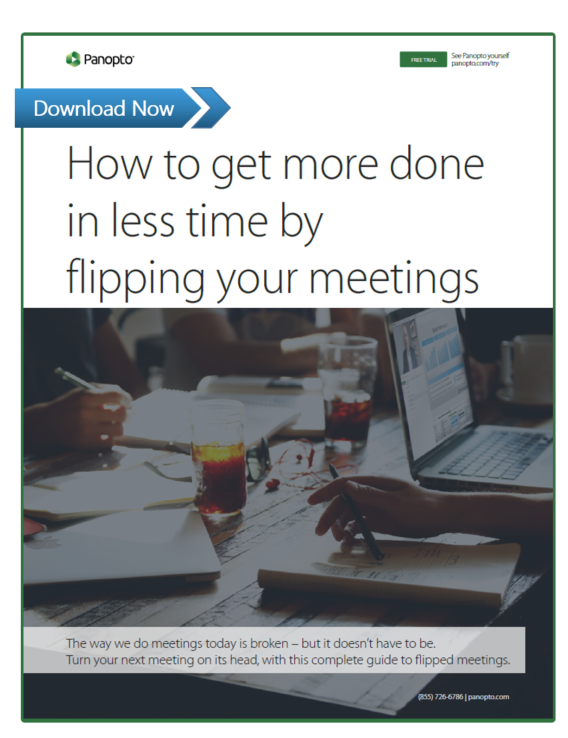- Communications
Infographic: Your Employees Hate Meetings
By now it’s news to precisely no one that most people detest meetings. They eat up precious working hours, can create all kinds of confusion or delay, and worse — all too often, they aren’t of any value anyway.
So perhaps it’s no surprise that according to research by Clarizen, 35% of people now contend that meetings are a “waste of time”, and that 60% of people admit to “multitasking” mid-meeting. And it gets worse — almost half of all people would explicitly prefer any other unpleasant activity (even watching paint dry or waiting at the DMV!) than sit through another status meeting.
To drive the point home, Clarizen’s produced a sharp infographic on just how little people value their meetings — see for yourself:

The “X Ways To Improve Your Meetings” Ideas Haven’t Worked
Today most anyone interested in improving the way we hold meetings has read all the standard advice. Have an agenda. Schedule no more than 20 minutes. No more than 10 people in the room. And seriously, stick to the agenda.
That may help make them run faster, but nothing in there guarantees meetings run any better. Even if you follow all that advice, you’re still stuck in the same meeting rut — trying to present an idea to a room full of people with varying agendas, none of whom is likely as knowledgeable on the subject (or at the least, on your proposal for the subject) as you are.
Too many of our meetings start with little more than a quick agenda and a whole lot of wishful thinking. We hope the right people will attend, that they’ll know offhand whatever information we may need, and that we can talk ourselves into a workable consensus. What we often get are partly-attended sessions with partly-informed participants, often only able to accept or reject the meeting scheduler’s ideas rather than come up with intelligent thoughts as a group.
Why can’t the format change?
There’s a Better Way: The Flipped Meeting
Already in place at innovative companies like Amazon and LinkedIn, the flipped meeting is a new format that any organization can adopt overnight — all it requires is a simple, fundamental change in two of the expectations we have for our meetings.
Once you’ve gotten all the parties at the table, your basic flipped meeting is easy. There’s just one catch: once you’re all at the table, you’ve already missed the opportunity to flip.
Flipping a meeting requires the meeting organizer to plan — and communicate — ahead of time. Whether your next flipped meeting succeeds or fails almost always depends on the work done before anyone even opens the conference room door.
Here’s how the flipped meeting works:
- Ahead of your meeting, record a quick rundown of your meeting information and the action items needed.
- Share that recording with your meeting attendees a day or so before the scheduled session.
- When attendees gather for the meeting, skip the deck and get right to the discussion: Q and A, brainstorming, decision making — whatever input gathering method best fits the situation.
Find Out More About Flipped Meetings

The way we do meetings today is broken. Meetings at most organizations are PowerPoint-driven lectures, structured to offer little opportunity to get real work done and real decisions made.
But there is an alternative. Our flipped meeting how-to handbook includes a guide to developing a flipped meeting culture in your organization, including:
- Pre-meeting communication and information sharing needs
- In-meeting group management best practices
- Ideas for using video to make flipped meetings even more efficient
Flipping your meetings can help you win back time wasted in meetings, ensure that every meeting you attend is productive, and empower your teams to collaboratively make smarter, timelier decisions.
Ready to get more out of your meetings? Download our free guide, Turn Your Meeting On Its Head: A guide to flipped meetings today.



